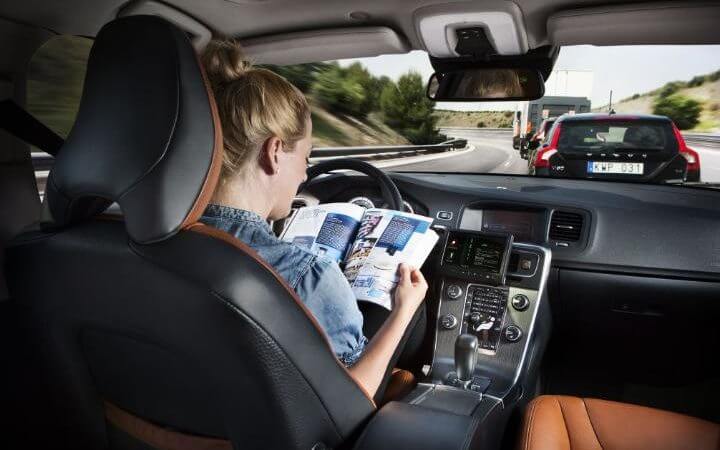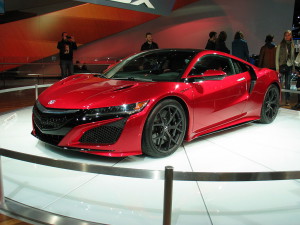The development of safety features within cars came quickly after they were first released to the public, with some of the earliest being brakes, seatbelts, and airbags. Now that those are standard features in every single car made today, developers are constantly searching for new ways to improve the safety of newer models, and keep drivers as safe as possible. Today, there have been a number of significant improvements in automotive safety, and below are some of the most innovative.
Automatic Headlights
Far too often do we see drivers on the road forgetting to turn on their headlights in darker conditions, which poses as a serious danger for everyone else around them. Professionals in the automotive industry successfully took out the middleman by inventing automatic headlights, which turn on as soon as the car is started.
While this has been around for some time now, adaptive headlights are a more recent technology that have improved nighttime safety even further. Depending on the road’s conditions, the weather, and general surroundings, adaptive headlights will either dim or brighten to aid the driver’s sight.
Collision Warning
Now that texting and driving has become a prevalent issue among drivers today, accidents are becoming much more common. The chances of an accident occurring once a driver’s eyes are taken off the road increase by a staggering 400%. Even if a cell phone is not involved, drivers can easily become distracted and begin swerving or fail to stop entirely. Thanks to the addition of collision warning systems in more cars today, this bad habit is being somewhat alleviated.
If a driver were to drift into another lane without noticing, approach a stopped object at a high speed, or be at the receiving end of another distracted driver, the car will alert them and give them the opportunity to adjust or prepare. Similarly, lane-keeping assistance systems were developed to prevent drifting. In this case, the car will automatically steer itself back into the correct lane should the driver begin to accidentally cruise into another.
Automatic Parking Assistance
This feature has been a true savior for those who dread parallel parking, or simply struggle with the act at all. Assisted parking programs literally park the car for you through computer processors tied to a sonar system on the front, back and sides, and a rearview camera. No steering from the driver is required.
Drowsiness Detection
A truly impressive technological advancement in car safety, drowsiness detection allows the car to sense any sign of unorthodox activity from the driver, including drifting, sudden accelerations and decelerations, and face monitoring through a dashcam. The car will loudly alert the driver to pull over and take a break; an amazing addition to cars today given the fact that there are roughly 100,000 car accidents per year due to drowsiness and fatigue.






